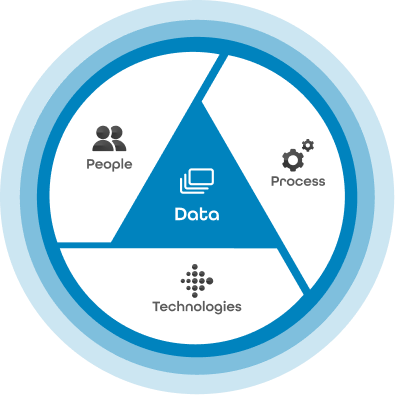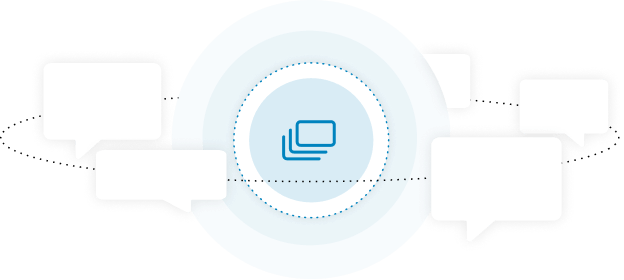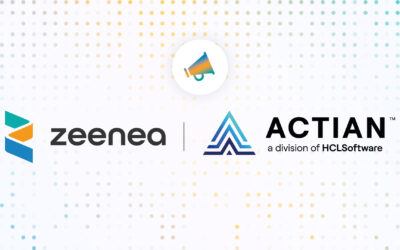Data Fluency
data fluency, or data literacy Is the ability to read, write and communicate data in context, including an understanding of data sources and constructs, analytical methods and techniques applied, and the ability to describe the use case, application and resulting value.
Data is the new language of business
Working in a data-driven organization signifies creating a common ground within the enterprise in order to transform complex concepts into actions. However, many people aren’t comfortable communicating with data. To ensure that everyone can participate in discussions revolving around data, in many respects, is a matter of language!
Enterprises see data as a medium for communicating, convincing and even steering their business strategies. However, presenters of data need to meet their audiences where they are, in ways that audiences can comfortably engage and understand the content. We promote the concept of data fluency, a means of becoming a “data fluent” enterprise.

The concept of data fluency
Data communication is a social problem, not a technological problem
These past few years, many organizations have found it critical to strive for data volume and invest in technological solutions in order to stock them. However, the first generations of business intelligence were designed to meet the IT teams’ needs, de facto, business professions.
Capitalizing on an organization’s data is not only a technological problem but also a social problem; vast quantities of data collected by enterprises remain disconnected from the people who might make use of it.
Data must be seen as an asset in an organization and must be understood by everyone.


People are the missing ingredient to be data driven
Making data assets useful: a challenge that enterprises attempt to overcome. Data becomes useful when people use it to tell stories, craft visualizations, and construct analyses.
It should be presented in a visual, intuitive and simple way. Like any language, data should be about conveying a message.
Therefore, people are the key elements for a data-driven organization!
Only they know of their data’s context, their value and the problems they encounter.
Connect those who can ask the question with those who know the answer
As mentioned in the paragraph above, it’s by favoring interactions and discussions between people who communicate with data that organizations embrace smarter decision making.
Valuing data takes more than individual efforts. Data must be a shared asset in an organization so that they can be applied to real-life case studies.
By creating a productive dialogue between those who are data fluent and those who are still learning the language, there is a connection with those who can ask the right questions with those who know how to answer them.

Why become data fluent?
1
In the same way as being “fluent” in a language, data fluency allows your collaborators to express and share ideas in a common dialogue.
2
Being data fluent allows an enterprise to connect all collaborators with a set of norms, processes, tools, and terms accepted and used by all.
3
Data fluent collaborators are able to understand data, interpret them, know if they are available, and know how to use them appropriately.
4
Data Fluency rejects the idea that only specific people can access the information. Being data fluent means to broaden data access. It’s by sharing data knowledge that decision-making can be enhanced.
5
Enterprises benefit from collective intelligence that unlocks data assets’ value.
Building a data fluent organization
Building a data culture takes time. The journey to becoming data fluent is important for any organization that aims to have data-informed decision making. It takes a diverse set of people to build a data culture.
It’s with organizational leadership, shared rules and conventions as well as the right tools and a good understanding of an enterprise’s data assets, that exchanges and communication with data becomes a priority, and of course, a norm within the organization.
With this belief, we work with our clients to implement data at the core of their organizations, as well as conversations with the help of our modern data catalog.
Learn more about data fluency









